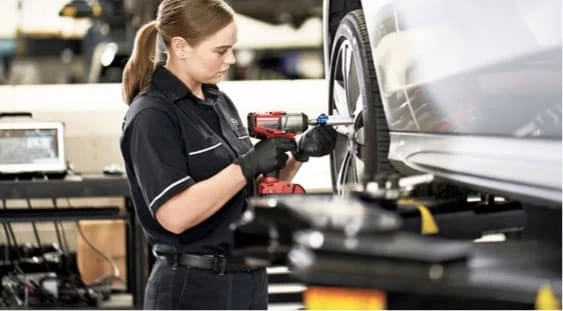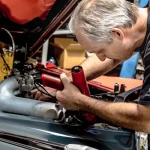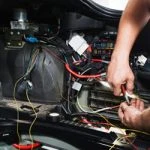Owning a Mercedes-Benz is a privilege that comes with a promise of luxury, performance, and cutting-edge technology. However, like all vehicles, Mercedes cars are not immune to wear and tear. Regular maintenance and prompt repairs are crucial to keeping your Mercedes in top shape. This is where the Mercedes workshop manual becomes an invaluable resource for both owners and mechanics. It provides detailed instructions and diagrams for diagnosing and fixing various issues specific to Mercedes vehicles. Below are some of the most common Mercedes repairs and how workshops typically handle them.
1. Suspension Problems
Symptoms
Mercedes vehicles, especially models with air suspension systems, are prone to suspension issues. Common symptoms include a rough ride, the car sitting lower than usual, or a persistent warning light on the dashboard.
Diagnosis and Repair
Workshops start by checking the air suspension components, including the air compressor, air struts, and air lines. Using the Mercedes workshop manual, technicians can accurately pinpoint the faulty part. Repairs might involve replacing the air struts or fixing leaks in the air lines. In some cases, reprogramming the suspension control module may be necessary.
2. Electrical Issues
Symptoms
Modern Mercedes vehicles are equipped with advanced electronic systems, which can occasionally malfunction. Symptoms of electrical issues include problems with the power windows, central locking system, infotainment unit, or dashboard lights.
Diagnosis and Repair
Technicians use diagnostic tools to scan the car’s electronic control units (ECUs) for error codes. The Mercedes workshop manual helps in interpreting these codes and guiding the repair process. Common repairs include fixing wiring issues, replacing blown fuses, or updating the software of various ECUs.
3. Engine Misfires
Symptoms
Engine misfires are often noticed as a loss of power, rough idling, or a check engine light on the dashboard. This problem can be caused by faulty spark plugs, ignition coils, or fuel injectors.
Diagnosis and Repair
Workshops begin by scanning for diagnostic trouble codes (DTCs) and performing a visual inspection of the engine components. The Mercedes workshop manual provides step-by-step instructions for testing and replacing faulty parts. Common repairs include replacing spark plugs, ignition coils, or cleaning the fuel injectors.
4. Brake System Issues
Symptoms
Brake problems are critical and can manifest as squeaking noises, a spongy brake pedal, or the vehicle pulling to one side when braking.
Diagnosis and Repair
Technicians will inspect the brake pads, rotors, and brake fluid levels. The Mercedes workshop manual offers detailed procedures for diagnosing and fixing brake issues. Depending on the problem, repairs might involve replacing brake pads, resurfacing rotors, or bleeding the brake system to remove air bubbles.
5. Transmission Problems
Symptoms
Transmission issues in Mercedes cars can present as delayed shifting, slipping gears, or unusual noises when the car is in gear.
Diagnosis and Repair
Workshops use diagnostic tools to read transmission error codes and perform test drives to better understand the problem. The Mercedes workshop manual provides guidelines for troubleshooting and repairing transmission issues. Common solutions include replacing the transmission fluid, fixing leaks, or in severe cases, rebuilding or replacing the transmission.
Conclusion
Maintaining a Mercedes-Benz involves understanding common issues and how they can be addressed efficiently. Whether it’s suspension problems, electrical glitches, engine misfires, brake system issues, or transmission troubles, having a Mercedes workshop manual at hand can make a significant difference. This manual not only aids professional mechanics in performing accurate and timely repairs but also empowers owners to have informed discussions with their repair shops, ensuring their beloved Mercedes receives the best care possible.





